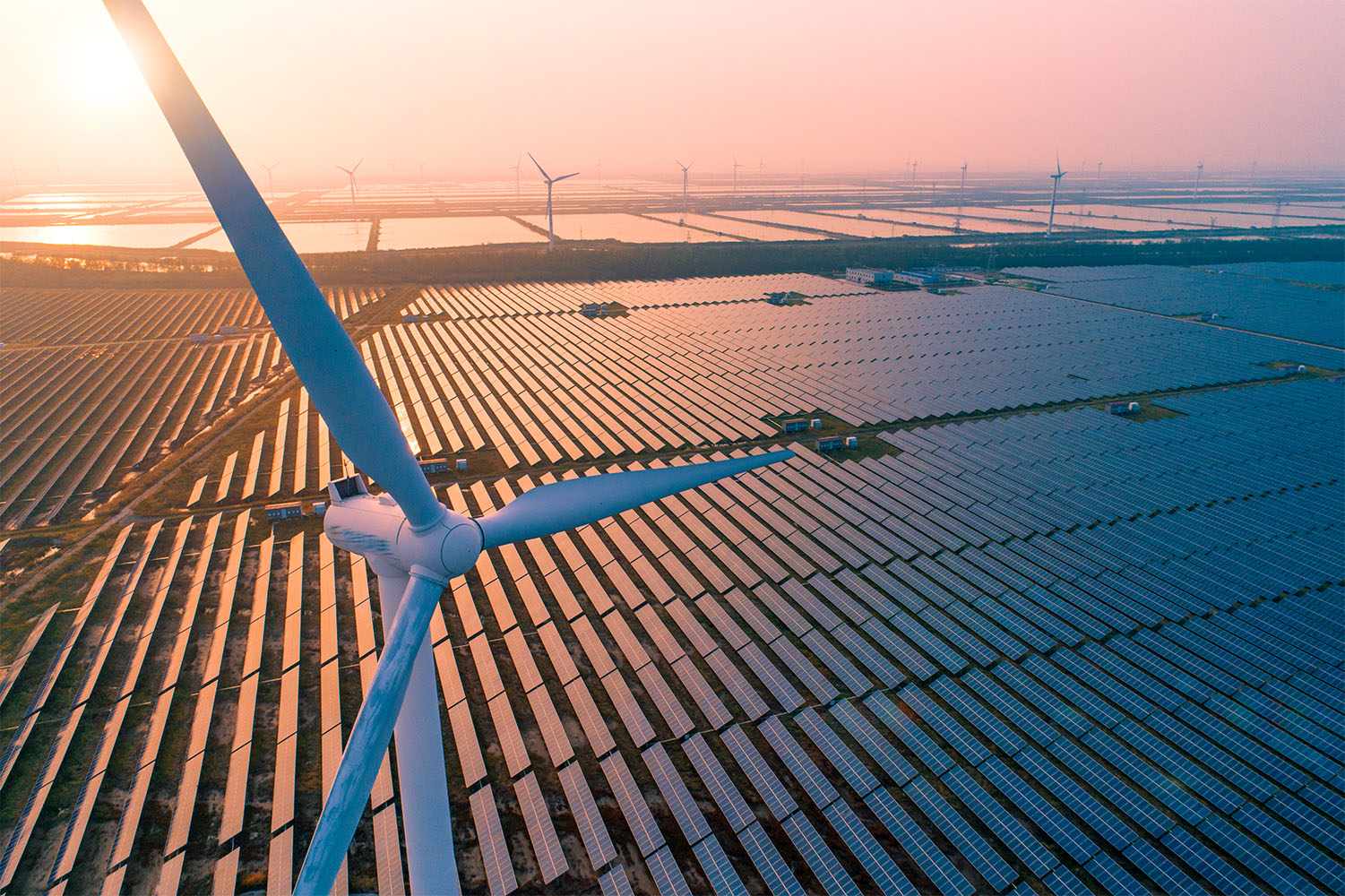Italy tightens the rules on PV plants with the new Agricoltura decree-law
Published on 17th May 2024
The installation of photovoltaic plants with ground-mounted modules is not permitted in areas qualified as 'agricultural' by zoning plans, with certain exceptions

Decree-Law no. 63 (DL Agricoltura), published in the Official Gazette on 15 May 2024, amends article 20 of Legislative Decree no. 199 of 8 November 2021 by introducing paragraph 1 bis, pursuant to which the installation of so-called "ground-mounted" photovoltaic (PV) systems on agricultural areas is permitted if it concerns:
- sites where plants of the same source are already installed and where alterations, for refurbishment, expansion or complete reconstruction are carried out, provided they do not increase the occupied area;
- ceased, unrecovered or abandoned quarries and mines, or those portions of quarries and mines that are not suitable for further exploitation;
- sites and facilities at the disposal of Italian State Railways Group companies and railway infrastructure managers as well as motorway concession companies;
- sites and facilities at the disposal of the airport management companies within the airport grounds, including those within the perimeter of the airports of the smallest Italian islands, subject to due verification by the National Civil Aviation Authority;
- areas inside industrial plants and establishments [1], as well as classified agricultural areas enclosed within a perimeter whose extremities are no more than 500 metres from the same plant or establishment;
- areas adjacent to the motorway network within a distance of no more than 300 metres.
A seguito della pubblicazione del DL Agricoltura, non sono più aree idonee all'installazione di impianti fotovoltaici c.d. "a terra" i suoli agricoli collocati all'interno di:
- siti oggetto di bonifica individuate ai sensi del Titolo V, Parte quarta, del decreto legislativo 3 aprile 2006, n. 152;
- aree racchiuse in un perimetro i cui punti distino non più di 500 metri da zone a destinazione industriale, artigianale e commerciale, compresi i siti di interesse nazionale, nonché le cave e le miniere;
- aree che non sono ricomprese nel perimetro dei beni sottoposti a vincoli paesaggistici di cui al decreto legislativo 22 gennaio 2004, n. 42 ovvero sottoposti a notevole interesse pubblico ai sensi dell’articolo 136 del medesimo decreto legislativo.
Su tali aree agricole sarà pertanto possibile installare impianti fotovoltaici con moduli ad altezza minima dal suolo pari a 2 metri per consentire di stabilire al di sotto le coltivazioni.
Following the publication of the DL Agricoltura, agricultural land located within:
- sites subject to remediation identified pursuant to Title V, Part Four, of Legislative Decree no. 152 of 3 April 2006;
- areas enclosed within a perimeter whose extremities are no more than 500 metres away from areas of industrial, craft and commercial use, including sites of national interest, as well as quarries and mines;
- areas that are not included in the perimeter of assets subject to landscape constraints pursuant to Legislative Decree no 42 of 22 January 2004 or subject to significant public interest pursuant to article 136 of the same Legislative Decree.
is no longer considered suitable for the installation of ground-mounted PV plants. It will be possible to install PV systems on these areas provided that the modules have a minimum height of at least two metres above the ground to allow crops to be grown below.
Derogations
The limitations introduced by the DL Agricoltura do not apply to PV projects with ground-mounted modules that contribute to one of the following purposes:
- establishment of renewable energy communities (RECs);
- achievement of the other measures of the National Recovery and Resilience Plan (NRP);
- implementation of the NRP objectives.
Transitional arrangements
The DL Agricoltura provides that for enabling, authorisation or environmental assessment procedures in progress at the date of entry into force of the decree, the previous legislation continues to apply.
Note:
[1] For the purposes of the definition of a plant, this is understood to be a unitary and stable complex, which takes the form of an overall production cycle, subject to the decision-making power of a single operator, in which one or more installations are present or one or more activities producing emissions are carried out through, for example, mobile devices, manual operations, deposition and handling. A plant is also considered to be a place where one or more activities are carried out on a permanent basis.




